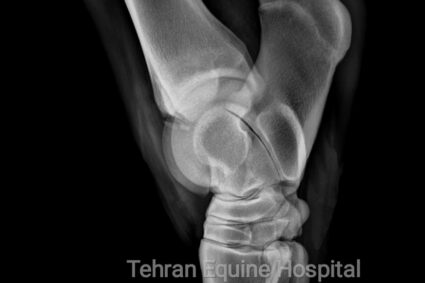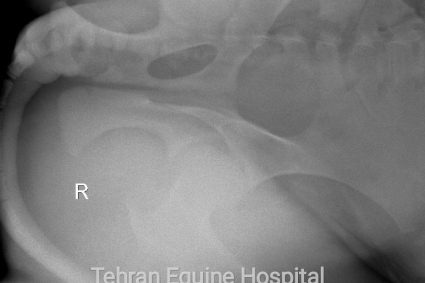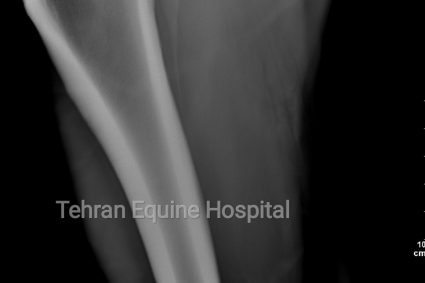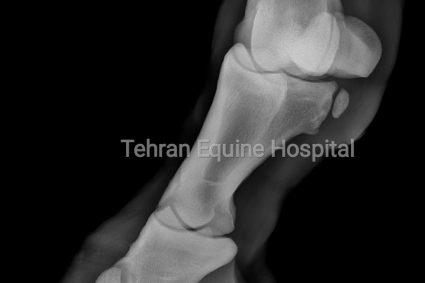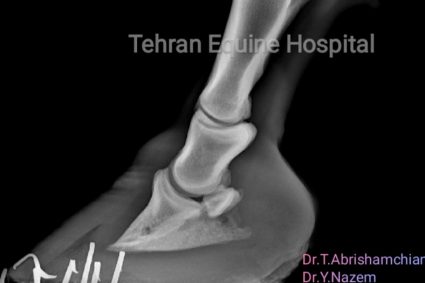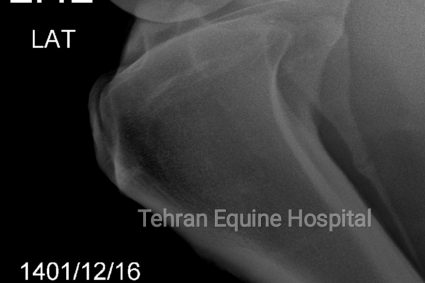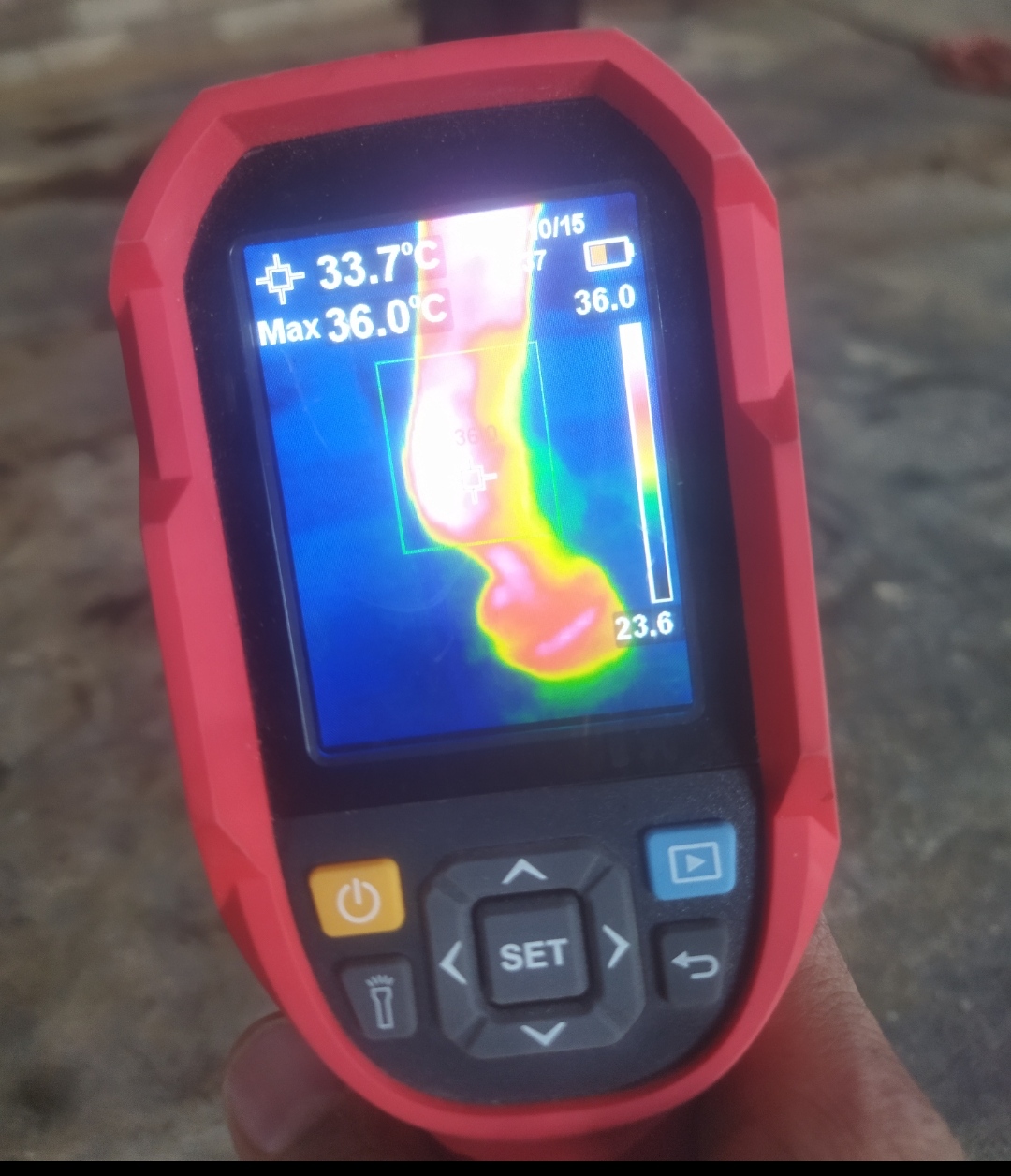
Thermography presents a noninvasive, safe, and cost-effective diagnostic imaging modality (on average, $350 for a whole horse scan and interpretation) that is a valuable complementary tool in equine health care. As with other technologies, we are seeing considerable advancements in thermographic cameras’ resolution and user-friendliness, along with significant decreases in physical size and initial purchase costs. As thermography gains popularity and interest, it is tremendously important that veterinarians, technicians, and horse owners understand the advantages this physiologic imaging tool offers, as well as its limitations.
The first step in understanding what thermography can and can’t do is learning the difference between anatomic and physiologic imaging. Anatomic imaging, which includes radiographs, CT scans, and MRI, reveals to the practitioner a specific affected area. These techniques show one static moment in time of a body part and are not sensitive to metabolic changes in blood flow or nerve conduction. Physiologic imaging is dynamic and sensitive and includes nuclear scintigraphy (bone scan) and infrared thermography. The latter might detect metabolic changes related to active inflammation, blood flow, or nerve conduction. Veterinarians typically follow thermography with anatomic imaging to diagnose the underlying disease process at a specific area of activity or concern.
So how does thermography work?
The thermographic camera detects infrared waves on the body surface that are invisible to the human eye and converts them to an image we can see. Consider what happens when you injure yourself: You bang your knee; the area becomes hot, red, and inflamed; and at a cellular level as an immune response, the body releases chemicals such as histamine. Changes in blood flow might directly correlate with inflammation. Thus, at the most basic level, where there is increased circulation there might be inflammation (becoming warmer). The opposite is also true: With chronic disease, scarring, atrophy (muscle wasting/loss), nerve damage, or disuse, areas might become cooler.
Symmetry is key when interpreting images. By comparing a horse’s parts left-to-right, the individual patient serves as its own control. Also consider that a horse with an injured right front flexor tendon, for example, might be offloading from the sore leg to the opposite (left front) limb or even the hind end. With a whole horse scan, veterinarians can detect these compensatory problems, begin treatment, and prevent further injury.
Performance-limiting or career-ending conditions such as kissing spines, tendon/ligament problems, and soreness from poorly fitted saddles, hoof abnormalities, arthritis, and cervical injuries all produce patterning detectable with thermographic cameras. Thus, thermography has wide applications such as for lameness localization, saddle-fitting evaluation, prepurchase evaluations, shoeing and trimming assessment, arthritis detection, pre- and post-chiropractic or acupuncture or massage treatment/evaluation, serial assessment of soft-tissue healing, tendon/ligament evaluation, and more. Researchers have shown that they can use thermography to detect tendon/ligament injuries up to two weeks prior to evidence of clinical lameness, as well as subclinical hock inflammation prior to bony changes. Scientists also use thermography in research settings to evaluate physiologic responses to medications, equipment such as equine treadmills, and laminitis and diseases of the hoof. It is important to remember that the camera reads surface temperatures and does not penetrate; thus, veterinarians cannot use it to evaluate deeper structures.
Environmental considerations and patient preparation and positioning are crucial for maximal results. Exposure to sunlight, radiant heat, moisture, and wind can ruin a scan and wreck image and interpretation quality. Also consider other insulating factors, such as long hair coats, feathers, boots, or blankets, when preparing the patient. When veterinarians use a standardized approach to preparation and imaging, thermography can be a practical tool for equine care.
Ref: (https://www.equinetendon.com/equine-thermography/)

